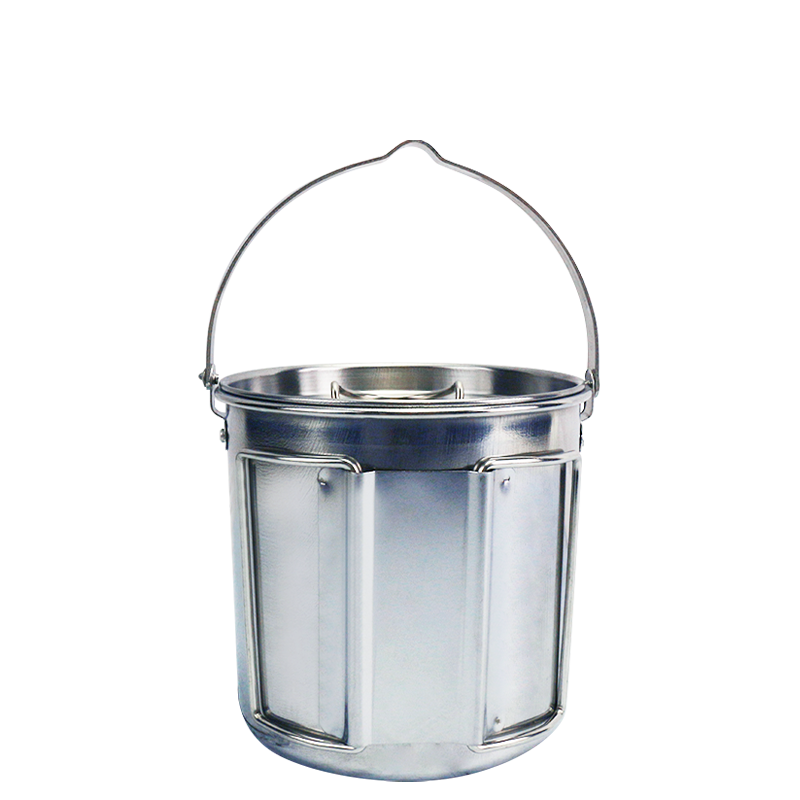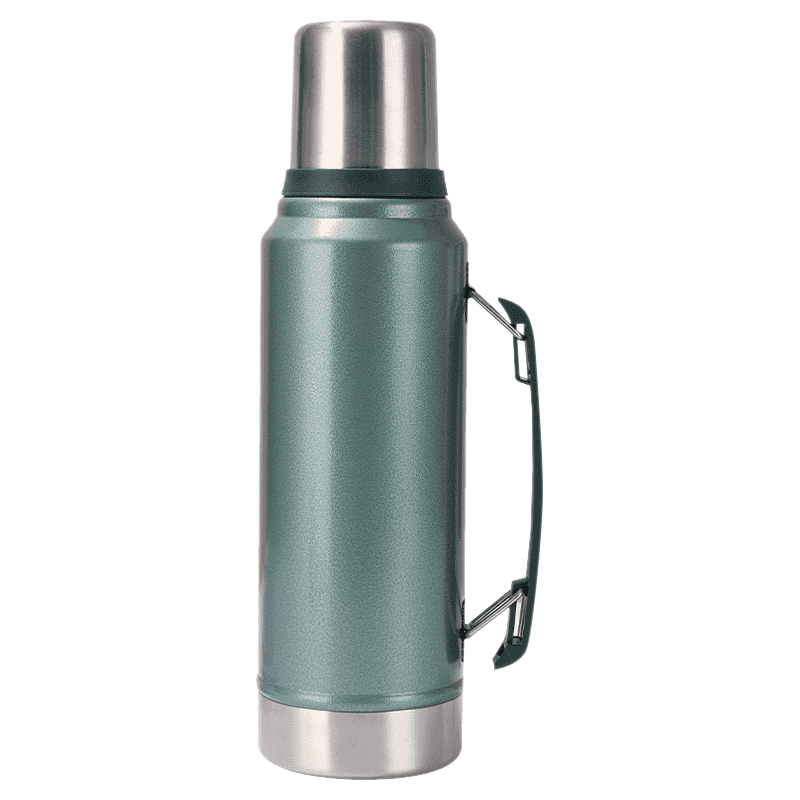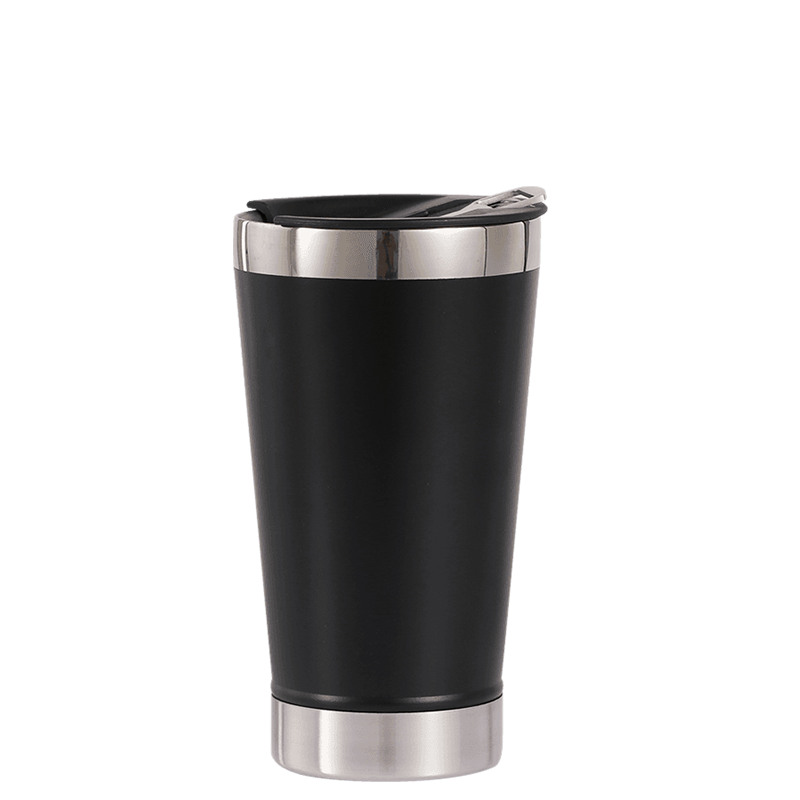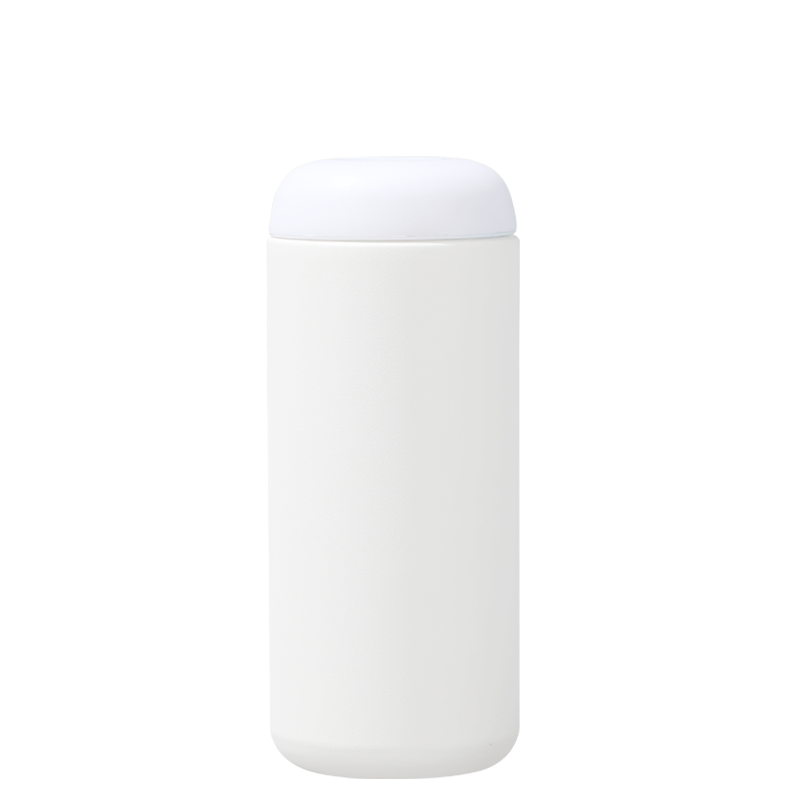
+86-13566758039

Industry News
The simple act of boiling water outdoors is more than just a chore; it's the cornerstone of comfort, safety, and nourishment in the wild. While the core function of a camping water pot – that essential, portable vessel designed for heating water over campfires or stoves – is universally understood, many adventurers barely scratch the surface of its true versatility. In an era where outdoor enthusiasts seek gear that performs multiple roles to save weight and space, understanding the full scope of your Water Pot's capabilities becomes crucial. Whether you're prepping for a family picnic or a serious alpine trek, mastering your pot unlocks efficiency and convenience, elevating your entire outdoor experience. Aijunware, committed to intelligent outdoor solutions, crafts pots designed for adaptability as much as durability.
What makes a camping water pot different from a kitchen pot?
1. What problem is it solving?
A camping water pot is engineered to be carried, heated, and poured under field conditions where space, fuel, weight, and safety are constraints. Instead of serving as a multi-course kitchen workhorse, it is optimized for reliable, repeatable heating and transport.
2. How does the design philosophy differ?
The priorities shift from cosmetics and stovetop performance to survival of repeated shocks, fast thermal response, user safety when handling hot liquids, and minimal pack footprint. Designers trade off heavy heat retention for a higher strength-to-weight ratio, and they favor geometries that nest, stack, or hang.
3. What functional features are emphasized?
Foldable or looped handles for compact stowage, secure lids with venting, spouts or pour lips to reduce spills, and bases that sit stably on uneven ground. Some models introduce heat-transfer geometry to reduce burn time; others accept slower boil in exchange for simplicity.
How Can Your Pot Become Your Primary Cooker?
Modern camping demands gear that pulls its weight. Bulky, single-use items are increasingly impractical. Your camping water pot sits at the heart of your cookset, presenting a significant opportunity for multi-functionality. Imagine reducing your pack load significantly simply by using one piece of kit for several essential tasks. Beyond the obvious need for hot drinks and sterilized hydration, situations arise where your pot becomes a vital tool: unexpected meals requiring cooking, the need for warm water for hygiene during extended trips, or even sourcing water in challenging winter environments. A well-designed pot, like those from Aijunware with features such as broad, stable bases and optimized heat conduction, transitions effortlessly between these roles. Ignoring this potential means carrying extra gear and missing out on streamlined campsite efficiency.
Is Your Water Pot the Key to Camp Cleanliness?
Hygiene can quickly become a challenge outdoors. Your camping water pot is an unsung hero in maintaining cleanliness.
Warm Water Wash-Ups: Boiling a small amount of water and mixing it with cold stream or lake water creates a comfortable temperature for washing hands, face, or essential gear. This is far more effective and pleasant than relying solely on freezing cold water, especially in cooler weather. A small drop of biodegradable soap goes a long way.
Dish Duty Dominance: While dedicated wash basins exist, your pot is your primary cooking vessel. Use it to heat water specifically for washing up. Hot water cuts through grease from meals like backpacker's pasta or rehydrated dinners far more effectively than cold, meaning less scrubbing and less precious water used. Pour the hot water into your dishes or use it with a small scrubber directly.
Sterilization Station: While boiling water for drinking is standard, your Water Pot can also sterilize smaller items. Submerge items like utensils, a reusable water bottle cap, a toothbrush head, or a small first-aid tool (like tweezers) in boiling water for a few minutes. Ensure items are heat-safe. Aijunware pots, made from non-reactive, high-grade materials, provide a reliable vessel for this critical safety task without imparting unwanted flavors or chemicals.
How to Melt Snow Efficiently for Hydration?
During winter camping or high-altitude expeditions, liquid water sources freeze, making snow your primary resource. Your camp Water Pot is crucial for converting snow into usable water.
Melting Process: Before adding snow, pour a small amount of water into the bottom of the Water Pot. This "bottom water" prevents the initial snow from burning on contact with the hot bottom of the Water Pot, thus preventing a burnt taste. Then, gradually add snow, gently compacting it as it melts. This process requires patience; melting snow requires a lot of energy, and the initial amount of water produced is relatively small. Avoid filling the Water Pot with snow all at once, as this creates insulating air pockets between the snow chunks, slowing melting.
Fuel Efficiency Considerations: Melting snow is very fuel-intensive. Using a pot with good thermal conductivity helps your stove or furnace transfer heat more efficiently to the snow and water in the pot, saving precious fuel in this essential process. Remember to always boil melted snowwater for at least 1 minute (longer at high altitudes) to ensure it is safe to drink.
Emergency Collection: In an emergency, rainwater can be collected in a clean camping can. While this is not its primary use, the larger opening makes it useful for collecting water in a sheltered area.
What are safe heating practices?
Center the pot on a stable heat platform that keeps flames away from handles. Avoid overfilling to reduce boil-over risk. Use a windscreen when on small stoves to reduce fuel waste, but ensure ventilation.
What Design Keys Should You Focus On?
Camping water bottles may seem simple, but thoughtful design can enhance their practical value. Certain factors have a significant impact on safety and convenience in daily use.
Handle Design: This is particularly important. When the Water Pot is boiling, the handle must remain cool to ensure a secure grip. Choose a handle that is long, made of insulating material (such as phenolic resin or silicone), and provides ample clearance from the Water Pot body. Foldable or detachable handles enhance portability, but they must lock securely when in use. An ergonomic shape helps reduce hand fatigue when pouring large amounts of hot water.
Lid Considerations: A good lid should provide an effective seal to help maintain temperature and prevent spills during transport. However, it may require a small pressure relief vent or a slightly loose seal to avoid the risk of pressure buildup during boiling. Design features such as an integrated strainer or locking mechanism on the lid rim are practical added value. The lid knob must remain cool. You can evaluate whether a domed lid (which provides more interior space) would better suit your needs than a flat-bottomed lid.
Pouring performance: For Water Pot design, a reasonable spout structure is critical. It should deliver controlled water flow, directing hot water to its intended destination—such as a cup, other container, or carafe—to reduce the potential for spills and scalding. The shape of the spout and how it fits into the lid influences how well the pour goes.
Stability: The wide, flat base ensures a stable position on all types of stoves (gas cylinders, liquid fuel, wood stoves) and uneven surfaces, preventing accidental tipping. Choose a model with a base size that matches your preferred stove system.

How to clean effectively in the field?
Use minimal biodegradable soap when required, rinse using a scrubbing pad or sand for stubborn residues, and dry inverted to minimize odor and corrosion risk. For winter use, remove trapped ice by thawing off-heat and drying thoroughly.
How does material choice affect the outdoor experience?
The material of a camping Water Pot is directly related to its weight, durability, heating efficiency, ease of cleaning, and cost. Understanding material properties is a necessary prerequisite.
1. Comparison of Common Material Properties
| Material | Advantages | Disadvantages | Suitable for |
| Stainless Steel | Good resistance to impact, corrosion-resistant, chemically stable, and generally easy to clean | Heavier than aluminum or titanium; lower thermal conductivity | Large-capacity communal cookware at campsites where durability is valued over low weight |
| Hard-Anodized Aluminum | Lightweight, cost-efficient, and heats relatively quickly; hardened surface improves wear and corrosion resistance, and reduces reaction with food | Can deform under strong impact | Situations that require a balance between weight, heating performance, and cost |
| Titanium | Lightweight, strong, corrosion-resistant, chemically stable, conducts heat quickly (and also loses it quickly) | Can discolor permanently under direct flame ("titanium rainbow"); relatively high cost | Ultra-lightweight backpacking for one or two people |
2. Field performance correlation analysis
| Factor / Topic | Observation | Practical implication / Suggested material |
| Weight → Mobility | Titanium and aluminum reduce pack load; stainless steel is heavier | Use titanium or aluminum for long hikes; choose stainless steel for a fixed camp setup |
| Thermal conductivity → Resource efficiencyAluminum | Aluminum and titanium heat water faster; stainless steel transfers heat more slowly. | Aluminum or titanium can save fuel in cold conditions; expect higher fuel use with stainless steel |
| Durability → Environmental adaptability | Titanium and stainless steel resist scratching; hard-anodized aluminum is more prone to denting from strong impacts | Select titanium or stainless steel where surface damage must be minimized; avoid heavy impacts with hard-anodized pieces |
| Material → Recommended use | Different materials balance weight, heating behavior, and durability | For general cooking (even heat, low reactivity): hard-anodized aluminum or titanium are suitable. For boiling large volumes or group use (sturdiness over weight): stainless steel is suitable |
Hidden Uses: How to Get More Out of Your Pot?
Getting better use out of your camping Water Pot means applying it in creative and sometimes unconventional ways to solve common camping dilemmas.
Matchmaking a Cleaning Container
Need to soak tough dishes or small items? This can be used to soak dishes or small items in soapy water, freeing your hands for other tasks.
Short-Term Food Storage
A dry, clean, airtight pot can be used to temporarily store dry goods (such as pasta and grains) in a moisture-proof and insect-proof container.
Easy Water Metering
Capacity markings on the pot wall (e.g., 1L/750ml) make it easy to measure cooking water.
Emergency Signaling Device
The highly reflective surface of a polished stainless steel or titanium pot can be used to signal rescuers in an emergency by reflecting sunlight.
A basic camping Water Pot is much more than just a simple container for boiling water. It serves multiple roles: cooking pot, cleaning tool, water-making device, and multi-purpose survival gear. Choosing a well-designed water bottle—considering durable materials, good heat conduction properties, secure grip design, and reliable pouring performance—will directly affect the smoothness, safety, and user experience of outdoor activities. Understanding and fully utilizing its various features can help reduce packing burden, save time in the campground, and be prepared for a variety of situations. For adventurers who value the reliability and practicality of their gear, exploring carefully considered products like Aijunware is worth considering to maximize the practical utility of this critical piece of equipment. Learn how to make the right water bottle a practical and useful tool in the wild.
Your email address will not be published. Required fields are marked *








* Your email is safe with us, we don't spam.


Our company's products include vacuum flasks, beer mugs, coffee mugs, car tumbler, fire stove and tensile parts, etc.
Phone: +86-13566758039
Tel: +86-0579-87171178
Fax: +86-0579-87171178
E-mail: [email protected]
Add: No.29, Qiaodong Road, Qiaotouzhou Village, Longshan Town, Yongkang, Jinhua, Zhejiang, China.

 English
English 中文简体
中文简体 日本語
日本語 Français
Français Español
Español